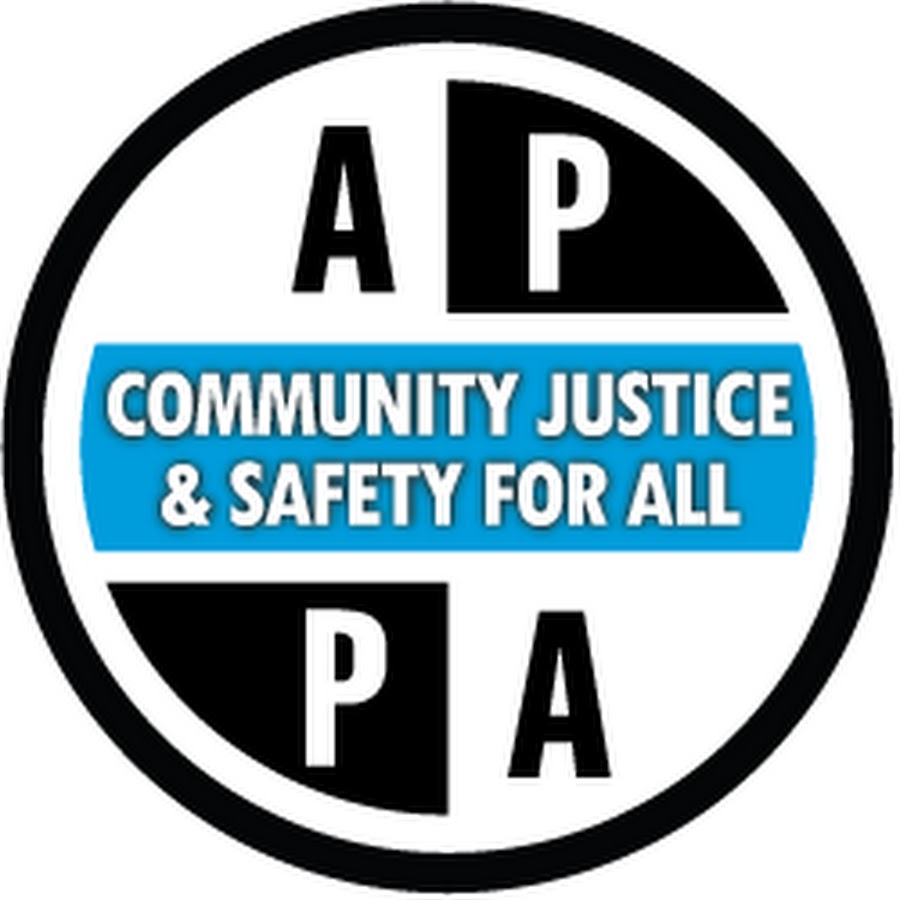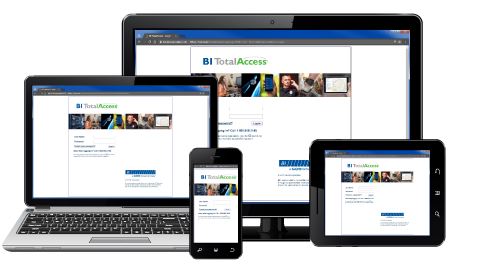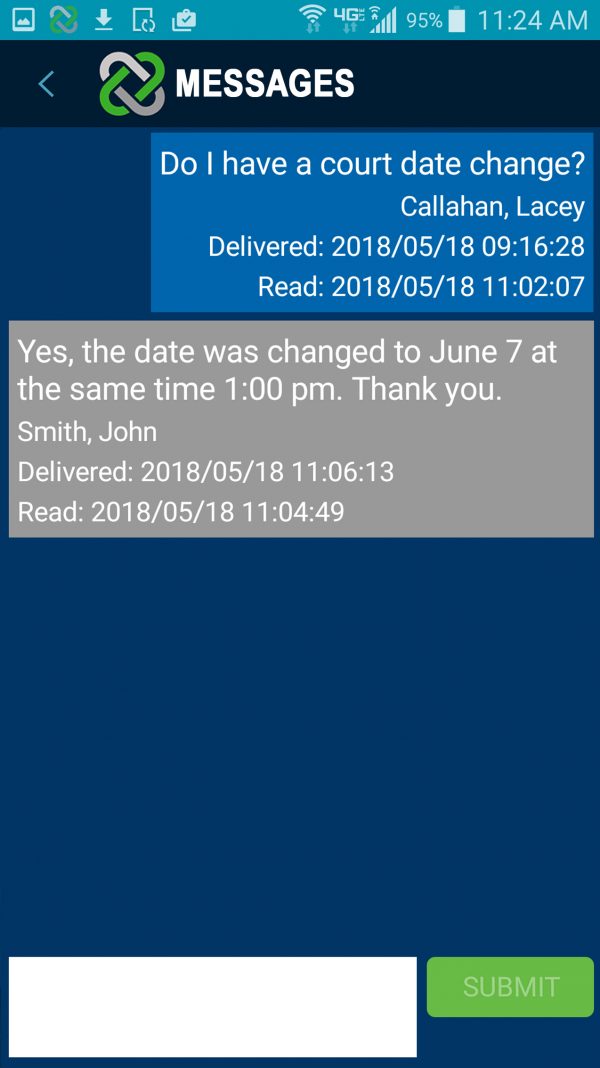
Location monitoring systems, commonly referred to as GPS offender tracking systems, were introduced as a compliance tool 25 years ago to support community corrections agencies and their supervision efforts. Used primarily by probation, parole and pretrial officers, these systems have become more sophisticated over time, gathering real-time data via GPS, Wi-Fi, cellular tower triangulation, or other means.
The American Probation and Parole Association (APPA) technology committee recently released a comprehensive issue paper, “Incorporating Location Tracking Systems into Community Supervision,” exploring the origin of these systems, what they are, how and why they are being used, what they cost and how well they have been received by officials in community corrections. In addition, the issue paper explores how agencies using these systems address and mitigate risks.
Relevant Comments from APPA’s Paper

Location tracking systems (LTS) are reliable supervision instruments and increase accountability.
“Location tracking can be a powerful supervision and containment tool – one that provides significant information about a client’s daily activities. This information can help determine whether the client is complying with location-specific supervision requirements (e.g., a curfew or required attendance at treatment or school) or whether he/ she was at the scene of a crime. Further, it has been hypothesized that monitoring movement patterns and holding individuals accountable to a rigid schedule can help provide structure that may reinforce better lifestyle habits,” according to a 2009 report about offender supervision and electronic monitoring.
LTS act as an effective deterrent against potential criminal activity.
“If a client supervised on a location tracking system is intent on committing a crime, or acts impulsively, it is unlikely that an agency can respond in time to prevent the crime. However, through crime scene correlation such a client can be placed at the scene of a reported crime, which greatly increases the likelihood of arrest and conviction for the new offense. This level of accountability may deter some clients from new criminal activity, at least during the period when they are being are tracked.”

LTS are part of a larger case management strategy.
“The existing evidence does tell us that the use of an LTS, just as with any intervention, should at a minimum be tied to client risk level and be incorporated into a larger case management plan, and violations should be addressed swiftly and with certainty,” a study on managing drug-involved offenders found.
The use of LTS promotes the practice of pro-social behavior.
“LTS effectiveness may be demonstrated in measures other than recidivism… There is a potential opportunity to assist client reentry and community adjustment through the application of the structure often associated with LTS programs, with an emphasis on developing pro-social activities for those on community supervision. Location tracking may be able to help provide this structure, as clients typically must live by a strict, and often pre-approved schedule.”
Use of LTS keeps family units intact
“Using LTS technology as an alternative to incarceration offers many obvious benefits to clients and their families. Compliant individuals are able remain in the community, continue working, and help raise and support their children. The importance of keeping a family unit intact cannot be overstated, particularly for females, as children can be an important protective factor supporting a law-abiding lifestyle.”
In conclusion, the APPA Technology Committee found that when implemented properly, location tracking can be an important community supervision tool. In the 13-page issue paper, the authors suggest location tracking “can save taxpayer dollars, preserve limited space for violent criminals in jails and prisons, assist in reentry and community transition, keep nonviolent individuals from exposure to more serious criminal activity, and promote the practice of prosocial behavior in the confines of one’s home.”
Additionally, the committee stated that when used for clients already under community supervision, LTS technology can provide enhanced accountability, structure and enhanced outcomes.
Read the APPA Technology Committee’s issue paper.
